Apple Mac mini Review (Mid 2010)
by Anand Lal Shimpi on August 9, 2010 3:37 AM ESTSpin the mini
Apple has done away with conventional feet and instead the mini rests on a circular pedestal. The circular base doubles as an access port to the internals of the mini.
The removable cover has two indentions that you put your fingers in. A counter clock-wise twist (about 1/16th of a rotation) will unlock the cover. Removing it reveals the only easily user replaceable components in the mini: the DDR3 SO-DIMMs.
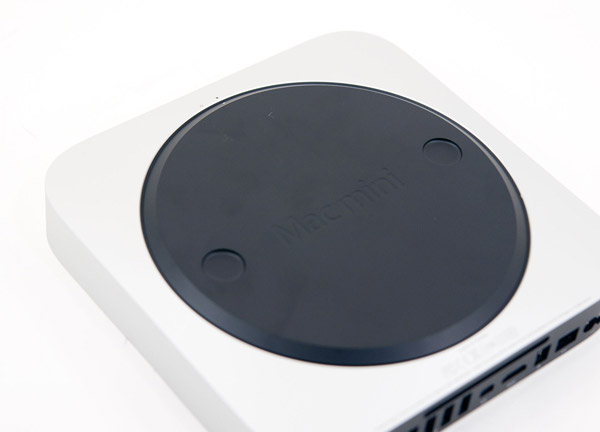
The $699 configuration comes with two 1GB DDR3-1066 sticks. Woefully inadequate for today’s workloads, particularly since the mini only comes with a 5400RPM 2.5” HDD so any swapping to disk is painfully slow.
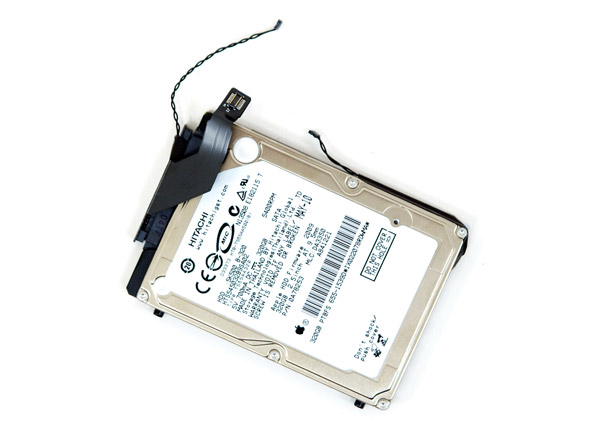
The 2.5" Hitachi 5K500 5400RPM HDD
Replacing memory is as easy as can be on the Mac mini, just remove the cover, pop out the sticks and install new ones. It’s just like a notebook, but easier.

Upgrading the hard drive is much more complicated unfortunately. To get it out you have to remove the motherboard, which isn’t hard but definitely not easy. iFixit has a guide here.
Start by removing the four screws that hold the WiFi antenna in place. Don’t forget to disconnect the antenna cable once you’ve done so.
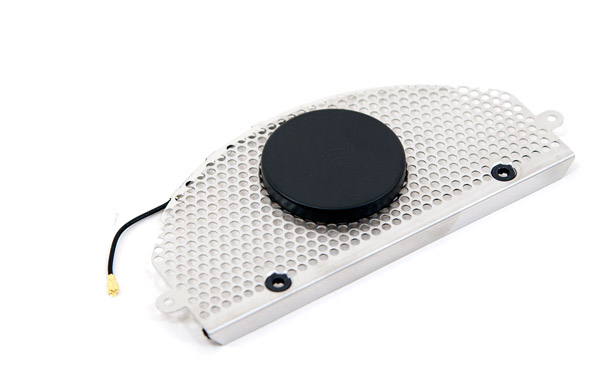

The entire system is cooled by a single fan that channels air through a shroud over a heatsink with a pair of heatpipes. Remove the fan screws, remove the shroud, remove the heatsink screws and then unscrew everything you see on the motherboard and you’re half way there.
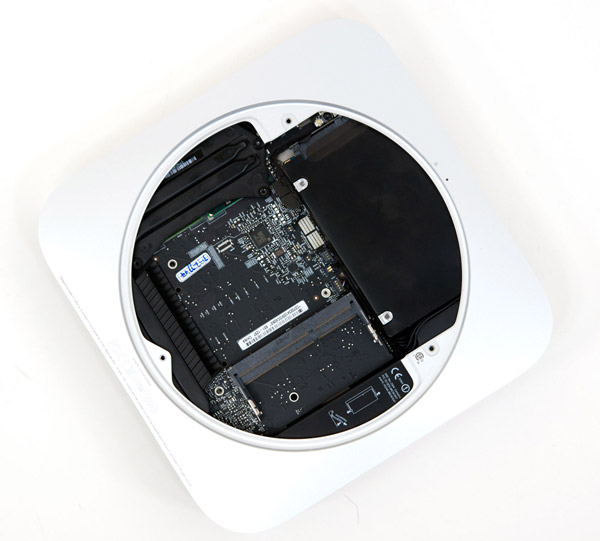
Disconnect all of the temperature sensors and cable connectors from the back of the board and you can finally slide the board out. Unfortunately there’s no easy way to grab onto the motherboard itself so you’re better off sticking two thin screwdrivers through the two open holes in the motherboard and using them to pull the board out of the chassis.
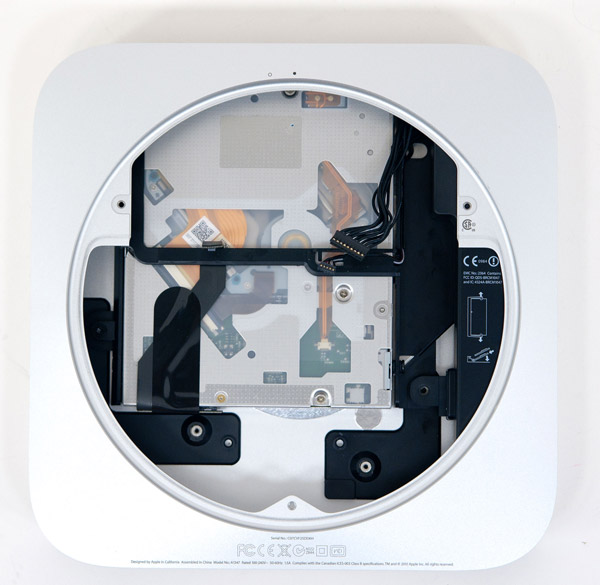
The mini minus a motherboard and HDD
When you’ve done that you can pry the HDD out of its resting spot, unplug its cable and replace it. Ugh.
With the motherboard out we can remove its heatsink and get a bit more personal. Down to the screws in the system, the Mac mini is very much a headless notebook:
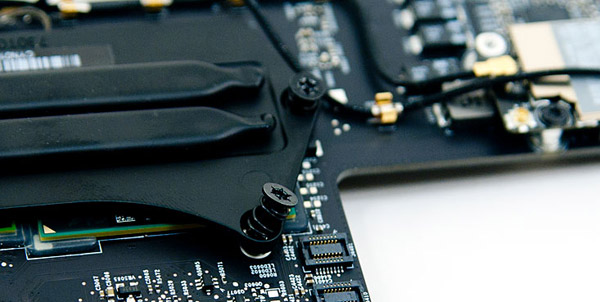
These spring loaded screws are common on notebook heatsinks

Underneath the heatsink we have the two chips that make up the Mac mini: Intel's Core 2 Duo P8600 (right) and NVIDIA's GeForce 320M (left):

The 320M has the graphics, memory controller, SATA controller, PCIe and USB interfaces. Looking at the size of the die you can see how highly Apple values the GPU over the CPU in a system like this. Ten years ago you'd be looking at a four-chip solution (CPU, North Bridge, South Bridge, GPU), today we're down to two. Soon enough we'll be able to have a single SoC that delivers the functionality and performance of these two discrete chips.
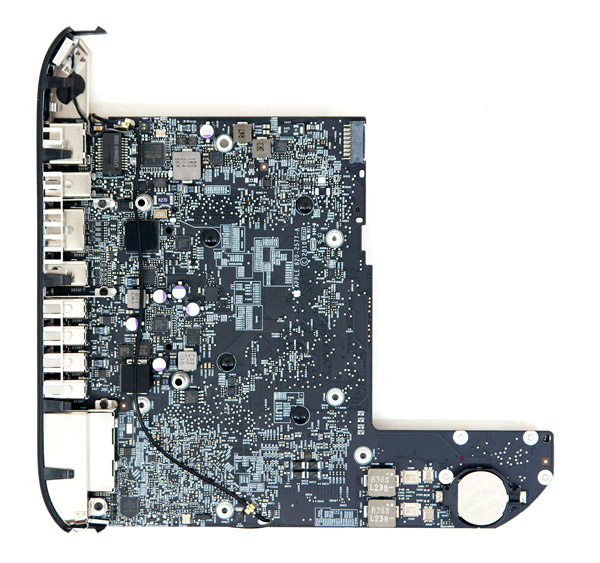










93 Comments
View All Comments
Johnexo - Saturday, December 11, 2010 - link
The Mac Mini remains unique as the smallest mainstream desktop, but competition from Dell and HP has narrowed the gap in features while also offering room for expansion, and at a better price.RJARRRPCGP - Saturday, June 9, 2012 - link
The errors are probably because the SATA interface is SATA 1 and it not being backward-compatible. You must get a SATA 2 card.666an666 - Monday, May 13, 2013 - link
"Disconnect all of the temperature sensors and cable connectors from the back of the board..."Huh? Can you be more specific? Where are "all of the temperature sensors" connected? I only see two connectors: IR sensor and power supply. Where are all these other sensor connectors???